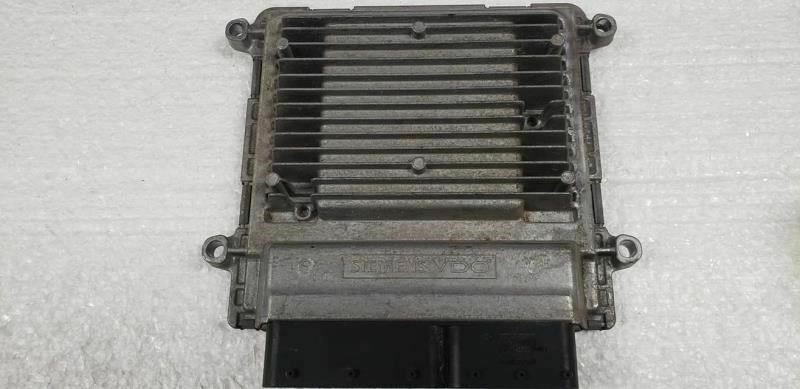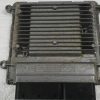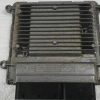Is Your Chrysler Sebring, Dodge Avenger, or Journey Running Rough?
If you’re dealing with a persistent check engine light, poor fuel economy, stalling, or a no-start condition in your 2007-2010 vehicle, a failing Engine Control Module (ECM) is a likely culprit. The ECM is the central computer of your vehicle, managing everything from fuel injection and ignition timing to transmission shifting. When it malfunctions, it can cause a wide range of frustrating and difficult-to-diagnose problems. Don’t let a faulty computer keep you off the road. This direct-replacement engine computer is the reliable, cost-effective solution you need.
From the Diagnostic Bay
We recently had a 2009 Dodge Journey towed in with a P0302 (Cylinder 2 Misfire) code that the owner couldn’t solve. He had already replaced the spark plug, ignition coil, and even the fuel injector for that cylinder, but the misfire persisted. After confirming the mechanical parts were good and the wiring harness was intact, we turned our attention to the ECM. A quick test confirmed our suspicion: the internal driver for the #2 injector had failed. We installed a pre-programmed module just like this one, and the engine immediately purred back to life. It’s a classic case where the root cause is electronic, not mechanical.
Common Symptoms of a Failing Engine Computer
- ✔ Persistent Check Engine Light (CEL) illumination
- ✔ Engine cranks but refuses to start
- ✔ Stalling, hesitation, or rough idling
- ✔ Noticeable decrease in fuel mileage
- ✔ Misfire codes that persist after replacing plugs and coils
- ✔ Harsh or erratic automatic transmission shifting
- ✔ Loss of communication with the module when using a scan tool
Why Choose Our 2007-2010 Sebring Engine Computer?
This isn’t just a replacement part; it’s a complete, ready-to-install solution. We take the guesswork and hassle out of the repair process. When you order, we flash the module with your vehicle’s specific VIN and current mileage. This ensures that when it arrives, it’s 100% plug-and-play. There is no need for an expensive trip to the dealership for additional programming. Simply disconnect the battery, swap the old module with this one, reconnect the battery, and start your engine. It’s the fastest way to restore your vehicle’s performance and reliability.
This module is a direct replacement for a wide range of original part numbers, ensuring broad compatibility for your Chrysler Sebring, Dodge Avenger, or Dodge Journey with the 2.4L engine. Please verify your original part number against the comprehensive list provided to ensure a perfect match.
Frequently Asked Questions
Is this unit truly plug-and-play?
Yes. As long as you provide us with your vehicle’s VIN and mileage during checkout, the unit will arrive fully programmed and ready for installation. No further programming or dealer intervention is required.
Will I need to have my keys reprogrammed?
For this specific range of Chrysler/Dodge vehicles, the immobilizer security data is typically stored in a different module, not the engine computer. Therefore, you should not need to reprogram your keys. The vehicle will recognize your existing keys after installation.
How can I be sure this will fix my car’s problem?
This module will correct any issues directly caused by a faulty engine computer. While the symptoms listed are very common for ECM failure, they can also be caused by other failing components. Proper vehicle diagnosis is always recommended to confirm the ECM is the point of failure before ordering.
Where do I find my original part number?
Your vehicle’s original ECM part number is printed on a sticker located on the module itself. It will typically be a combination of numbers and letters. Matching it to our compatible list is the best way to guarantee fitment.
What is the installation process like?
Installation is straightforward for someone with basic mechanical skills. First, disconnect the negative battery terminal. Then, locate the existing ECM, unplug the wiring harnesses, and unbolt it from the vehicle. Install the new module in its place, reconnect the harnesses, and finally, reconnect the battery terminal. The vehicle is then ready to start.


